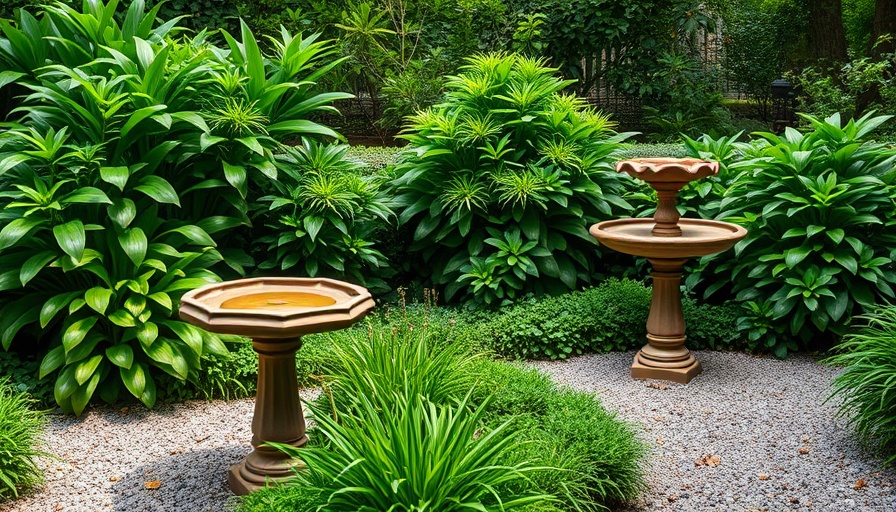
Unearthing the Essence of Gardening with Arthur Parkinson
In the vibrant world of gardening, few personalities shine as brightly as Arthur Parkinson. Known for his passion for plants and his heartfelt connection with nature, Parkinson is not just a gardener—he is a storyteller, woven deeply into the fabric of the green spaces he curates. Through his journeys and expertise, he inspires both experienced gardeners and novices, crafting a visual and horticultural feast that resonates with all.
Lost in the Garden: A Young Visionary’s Awakening
Parkinson's first memory of the garden is nothing short of enchanting. At just three years old, he wandered into the luminous beds of Russell hybrid lupins at Chatsworth House, where his affinity for gardening was kindled. This early experience has shaped his garden philosophy, which emphasizes simplicity and natural beauty. The combination of childhood wonder and the lush landscapes of his formative years sparked a lifelong passion.
A Book That Speaks Volumes: Literature as Guidance
Parkinson often revisits "The Garden" by Deborah Devonshire, a book that encapsulates the philosophies of gardening and life. This work serves as both an inspiration and a guide for cultivators seeking to understand the deeper connections between plants and the emotions they evoke. Through literature, both old and new, gardeners can unlock tips and practical insights that enhance their own green journeys.
Aesthetic Allure: Describing the Garden
According to Parkinson, the essence of his garden can be distilled into three words: demanding, engulfing, and bees. These descriptors reveal a modern approach to gardening, where plants are not merely decor but partners in creating vibrant ecosystems. He leans toward a mixed palette of flowers that invite pollinators, proving that beauty can coexist with ecological responsibility.
Plants That Inspire and Deter: A Gardener’s Choices
When asked about his favorites, Parkinson raves about foxgloves, honeysuckles, and peonies. These plants form the backbone of his design ethos, combining aesthetics with function as they attract beneficial insects. On the other hand, he also highlights those species that challenge his joy, such as begonias and conifers, which seem to deter rather than inspire creativity in the garden.
Lessons of Impermanence: A Hard Truth for Gardeners
One of Parkinson’s most difficult lessons is the transient nature of gardening: "The garden you love today won’t always be yours tomorrow." This poignant reminder urges gardeners to embrace change and cherish each phase of their garden's life. The journey teaches resilience, adaptability, and the beauty found in moments of growth and decline.
Why Gardeners Need to Rethink Their Spaces
The real magic of gardening lies not just in the plants but in the connections forged while tending to them. Gardeners often find solace in the act of nurturing life, and this is where Parkinson’s perspective diverges. His controversial take on children and dogs in the garden speaks to a protective instinct for preserving beauty and balance—an invitation to reflect on what we prioritize in our outdoor sanctuaries.
Inspiration Through Engagement and Community
Parkinson's Instagram, a visual wonderland teeming with colors and characters, is a testament to how community engagement can ignite passion for gardening. His account is more than a personal journal; it’s a platform for sharing knowledge and fostering relationships among enthusiasts. This idea mirrors the modern shift toward community-centric gardening, where knowledge is shared and inspiration flows freely.
Final Thoughts: Your Invitation to the Garden
As we reflect on Arthur Parkinson’s insights, we understand that gardening transcends mere planting—it’s about building connections with nature and others. Whether you’re nurturing your own backyard or dreaming of vibrant community spaces, the journey of gardening awaits you. Embrace the lessons, celebrate the beauty, and let your garden tell your story.
 Add Row
Add Row  Add
Add 




Write A Comment